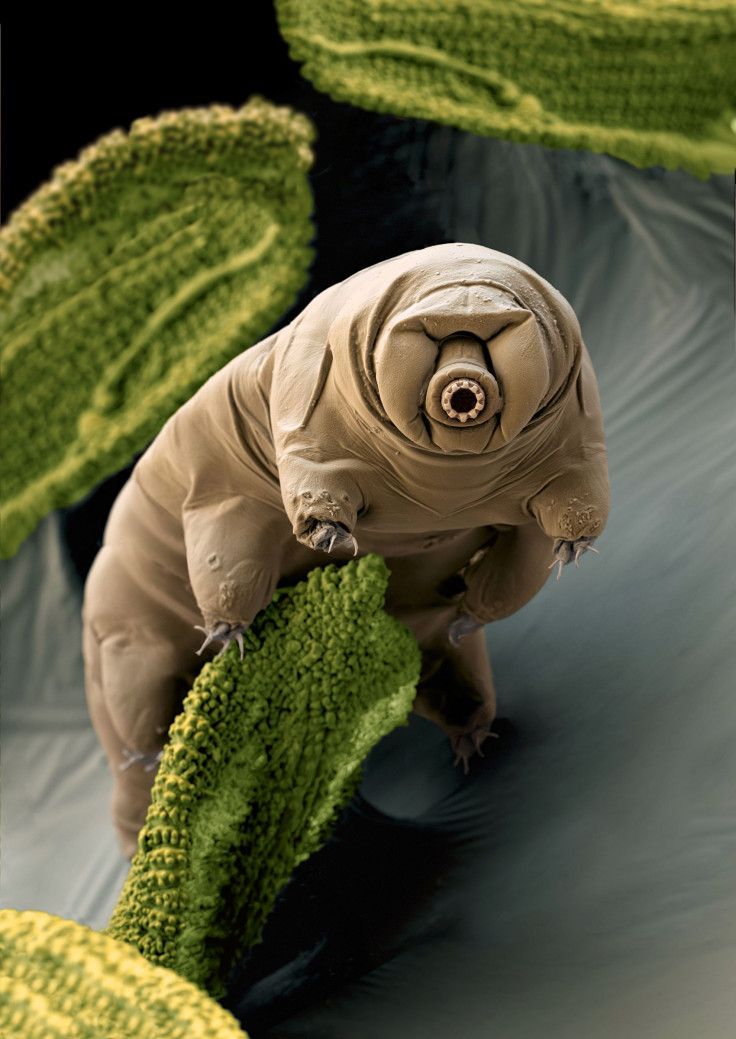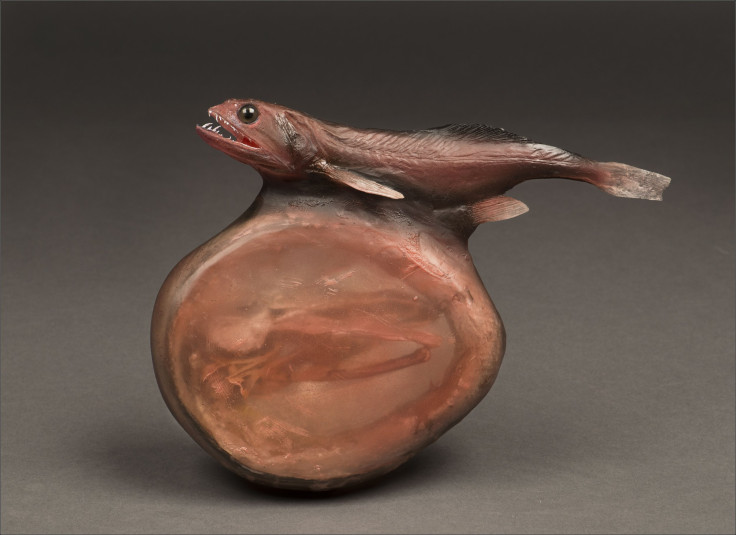'Life At The Limits': Extreme Creatures Come Alive At New American Museum Of Natural History Exhibit

Superpowers are normally associated with comic book characters, but real-life examples of such abilities can be found in all corners of the globe. Animals everywhere are surviving in the most extreme conditions possible -- and we're not talking about a cramped studio in Bushwick that costs $1,200 a month.
The American Museum of Natural History (AMNH) in New York has a new exhibition celebrating the creatures and plants that are pushing the boundaries and doing impossible feats to live, eat and reproduce. To say it's hard out there for a tardigrade is an understatement. "Life at the Limits: Stories of Amazing Species" celebrates the wonder and awe of the will to survive and thrive. The creatures are the "ambassadors of the great story of evolution," Ellen V. Futter, president of the American Museum of Natural History, said. Whether it's the summit of a mountain or the deepest depths of the sea, there are countless organisms that are having a great time in these harsh conditions.

There are many ways organisms can solve evolutionary problems, Mark Siddall and John Sparks, co-curators of the exhibit, explain. Different creatures have figured out how to survive without oxygen in unique ways, for example. "Life is tenacious," Siddall said.
"Life at the Limits" features everyone's favorite survivor, the tardigrade. Known as water bears, these microanimals can survive pretty much anywhere on or off the planet. Dehydrated tardigrades were sent to space with the European Space Agency's Foton-M3 satellite in 2007. After 10 days, the spacecraft returned to Earth and the creatures were rehydrated. The water bears bounced back admirably, with 68 percent of the tardigrades that were protected from radiation surviving the adventure. A small number that were exposed to the radiation of space returned to life and even produced offpring, Smithsonian magazine reported. Tardigrades have been found in the Himalayas at 18,196 feet and in Antarctica and can withstand extreme heat, BBC reported.
"If you look at just about anything long enough, you're going to find there's something really weird and wonderful about it," Siddall said. "Our mission at the museum in studying biodiversity -- in all of its forms -- and studying the ways and situations in which life has managed to hang on in so many different environments really goes to that."

The AMNH exhibition features live specimen of axolotl, which can regenerate limbs, and nautilus, a mollusk that uses jet propulson to get around the ocean. Visitors can smell why a corpse flower gets such a putrid reputation and see how male bowerbirds build elaborate homes to attract mates. There are a few mantis shrimp that visitors can admire. These tiny creatures literally pack a powerful punch, using claws with the power of a .22-caliber bullet to attack and kill prey. The Oatmeal immortalized the mantis shrimp in a Web comic that went viral. These creatures also have eyes that can see in trinocular vision, and they can see color in multiple light spectrums.
"Life at the Limits" includes explorations of caves and the deep sea that foster unique evolutionary solutions for living in these environments. Tube worms hang around hydrothermal vents that spew high levels of acids, metals and sulfur. There's the waterfall-climbing cavefish found in Thailand and cave spiders that are unlike most arachnids we know. And let's not forget the black swallower, a fish whose articulated jaws allow it to swallow prey twice its length before the catch is digested in its distensible stomach.

The American Museum of Natural History's "Life at the Limits" exhibit opens on April 4.
© Copyright IBTimes 2025. All rights reserved.





















